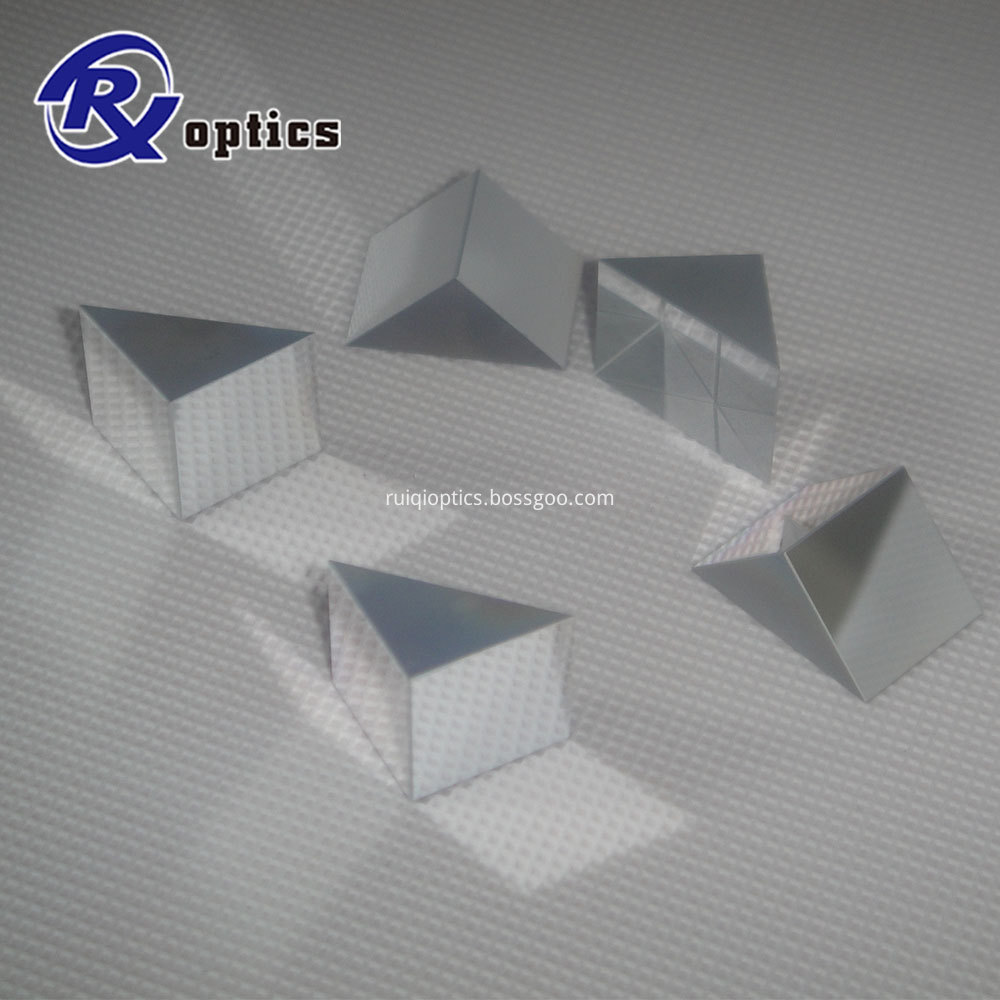The United States is the most important export market for LED lighting products in China. Since the export value of LED lighting products exported to the United States in 2013 ranked first, the US market continued to grow at a high level, with a large total volume, rapid growth rate and abundant product demand. . From the perspective of product types exported to the United States, the category structure has not changed much, but the growth rate of indoor lighting fixtures is much higher than that of outdoor lighting. According to CSA Research's customs data, it is found that the proportion of lamps not listed is about 45%. Except for the category information, the first categories of products exported to the United States are bulbs, tube lamps, spotlights, garden lights, Decorative lights, light bars, downlights, floodlights, mainly for indoor lighting products. The growth of several major mainstream products is relatively fast, and the proportion is rising. Among them, bulbs are one of the largest export categories. China's bulbs exported to the United States increased from US$15 million in 2011 to US$42 million in 2012, US$119 million in 2013, and US$218 million in 2014, accounting for 15.2% of the total. It has grown at a high speed for several consecutive years, of which the growth rate in the first three years is close to 200%. In the first quarter of 2015, the export volume of bulbs was US$46.71 million, a year-on-year increase of -3%, a slight decrease. Followed by tube lights, accounting for 18%, and again spotlights, accounting for 15%, the first quarter of 2015 growth rate of 93% and 14%. In addition, the most significant types of lamps are grille lamps, downlights, flat lamps and buried lights. The export value of grille lamps has increased by 1105% compared with the first quarter of 2014, but the market share is only 0.4%. In 2014, the overall growth rate of flat lamps was 408%. In the first quarter of 2015, the growth momentum in 2014 continued, with a year-on-year increase of 310%, and the market share reached 3.4%. In 2014, it increased by 2.6 percentage points. The year-on-year growth rates of downlights and buried lights were 372% and 179%, respectively. With the continuous penetration of LED lighting, the global LED lighting market continues to expand, and in 2014, the ban on whitening in many countries entered the substantive implementation stage. In 2015, indoors represented by bulbs, tube lamps, spotlights, and flat lamps Lighting LED lighting products will continue to grow at a high speed. Table 1 China's LED lighting products export category structure data source: China Customs, CSA Research On the other hand, outdoor lighting products significantly slowed down in 2013 and 2014, in the first quarter of 2015, the growth rate of street lights and garden lights At 6% and 25%, but the market share is still small, while the underground lamp growth rate also reached 179%. Figure 1 China's exports of LED lighting products in the United States. Source: China Customs, CSA Research
Equilateral Dispersive Prisms,Optical Prisms. ... High Refractive Index; Low Abbe Vd Number for Maximum Dispersion; Material: ZF2, N-SF11, CaF2, or ZnSe,H-K9L
Equilateral Prisms are normally used for the dispersion of light into its different colors. Light incident at an oblique angle to the first face is dispersed according to its wavelength and emerges as a spectrum from the opposite face
Equilateral Dispersing Prisms disperse a light into its different colors and are used for spectrum analyzing experiments and instruments. Each colors in the light incident at an oblique angle to the first face is bent in different angle by the difference of refractive index of the glass according to wavelength and emerges as a spectrum from the opposite face, Dispersive prisms are typically used at the minimum angle of deviation
-
The roof angle of 60 degrees causes the best combination of wide dispersion and low reflection losses. A glass with large dispersive power or small Abbe`s number leads to large angular dispersion.
-
We offer both BK7 and fused silica for a selection of wavelength range from UV to near IR. We recommend a Prism of BK7,if the light is not UV, because the angular dispersion of BK7 is larger than that of fused silica.


Equilateral Prisms
Equilateral Prisms,Equilateral Dispersing Prisms,Equilateral Dispersing Prism,Equilateral Glass Prisms
Changchun Ruiqi Optoelectronics Co.,Ltd , http://www.ruiqi-optics.com

